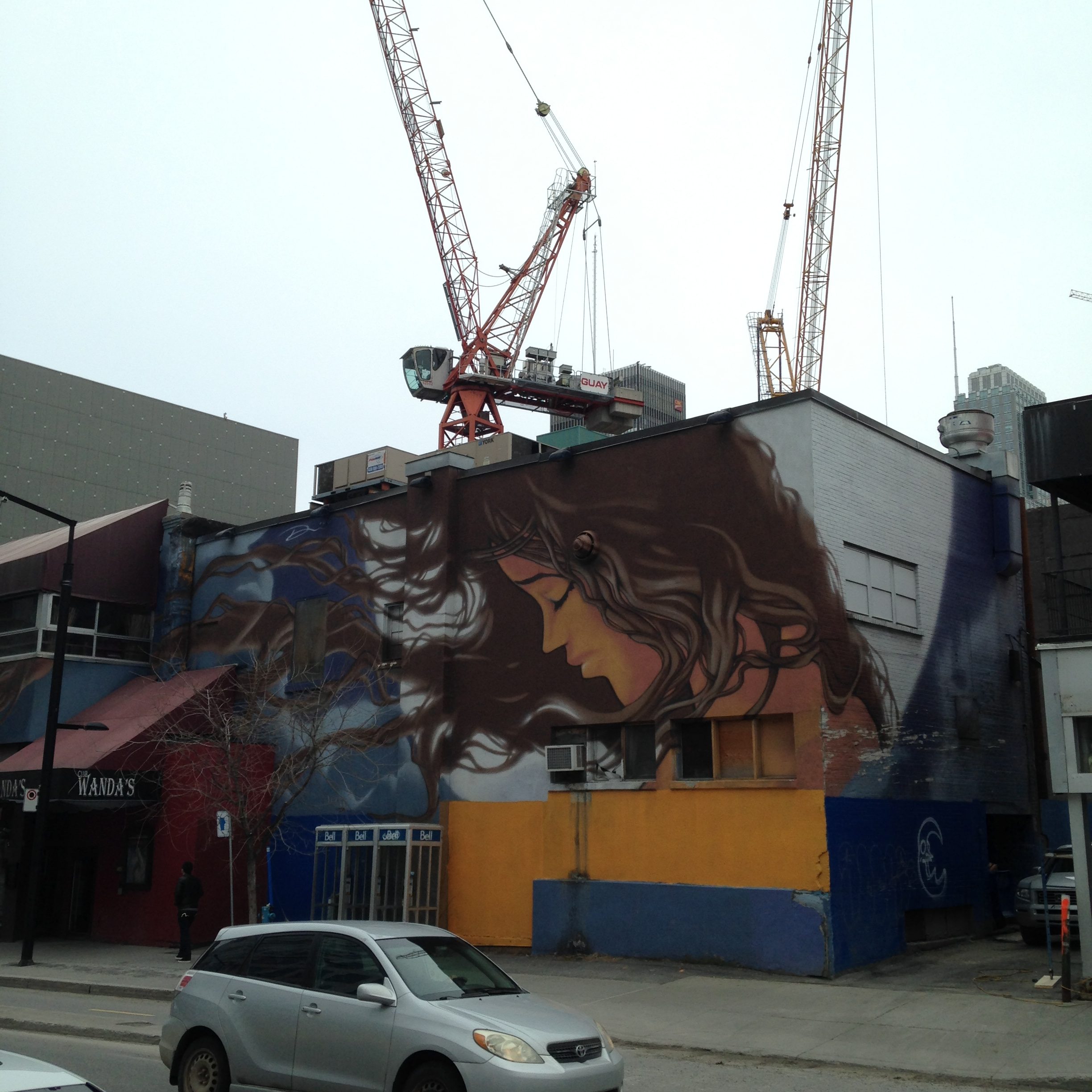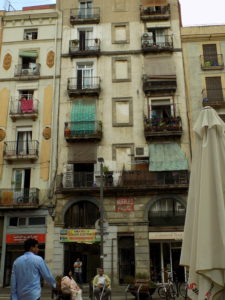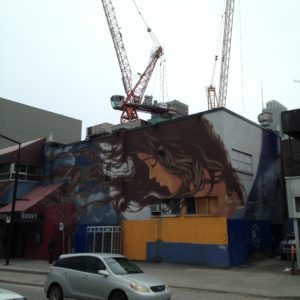Two public dissemination events took place in London and Barcelona on the 29th of November 2016 and 12th and 13th of December 2017. Here is a taster of what happened and was discussed, beautifully written by Clare Melhuish from the Urban Lab, UCL. More insights will be posted over the next few weeks.
Timescapes of Urban Change by Clare Melhuish
This week’s follow-up session to Monica Degen’s Timescapes of Urban Change workshop, hosted by UCL Urban Laboratory at UCL last month, was held at the Centre for Contemporary Culture in Barcelona, in the heart of the regenerated northern part of the Raval district. Formerly notorious for its poverty and prostitution, contained within narrow streets plunged into shadow by tall tenement buildings, el Raval now has a reputation as a ‘laboratory of the city’, in which the longer-term impacts of a regeneration process started in the 1990s can be studied by academics such as Degen in the UK (Brunel Sociology), as well as local activists and politicians who participated in the British Academy-funded workshop.
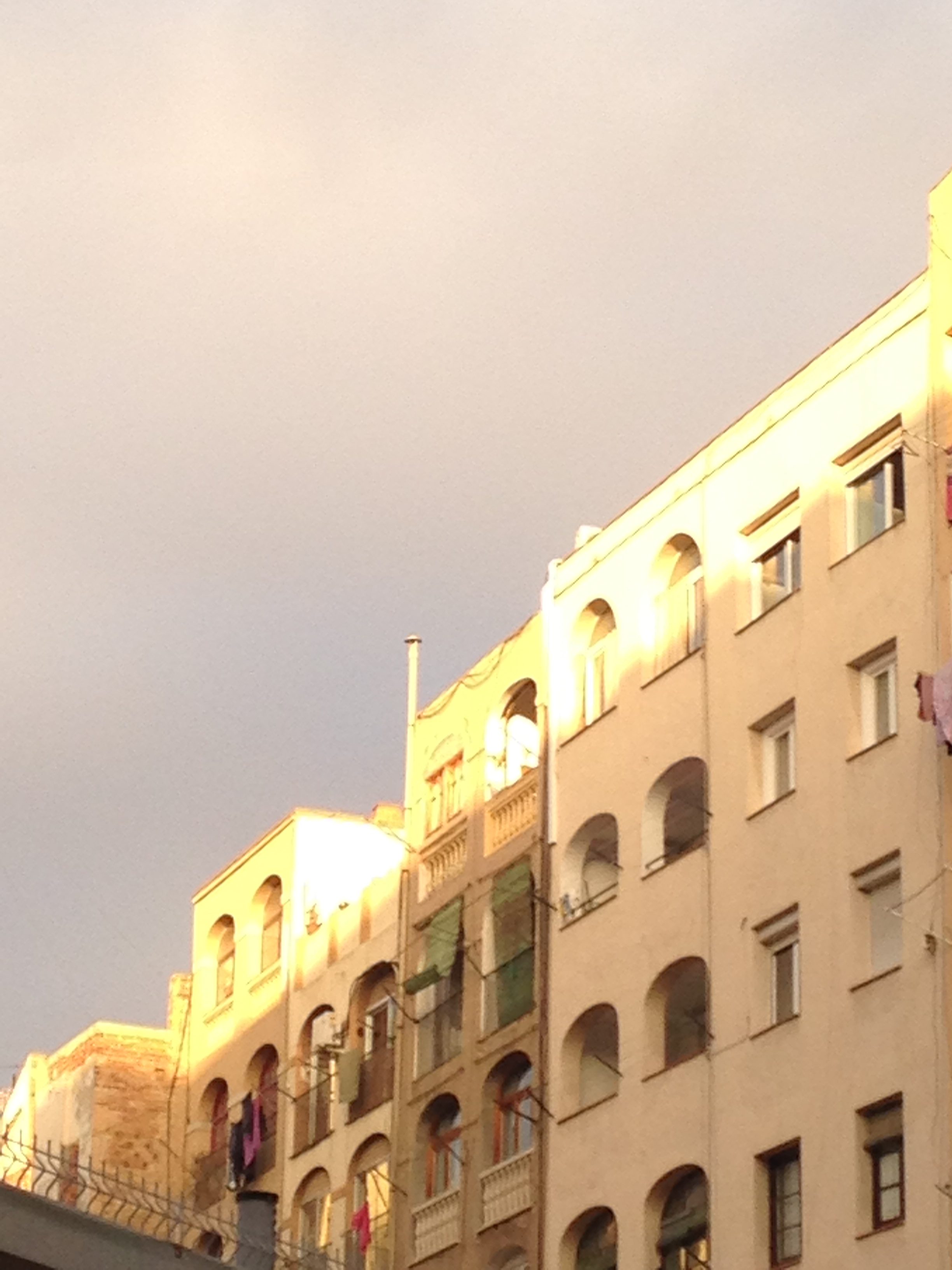
El Raval’s regeneration followed close on the heels of the Barcelona Olympics (1992), and was anchored to the construction of new cultural and educational infrastructure in the northern segment, including new faculty buildings for three different universities, the Museum of Contemporary Art, designed by Richard Meier, and the CCCB itself. This complex of facilities now hosts not only the consumers of contemporary culture who come to visit exhibitions and talks, buy books, and drink coffee, but also a lively population of students, skateboarders, dog-walkers, and local youth who inhabit in different ways the integrated sequence of new public spaces which has broken into the tight historic street fabric.
To all appearances a successful operation of urban re-imaging and re-occupation, which in the politicians’ eyes saved the area from becoming the ‘Harlem of Europe’ (to quote anthropologist Miguel Fernandez Gonzalez from University of Barcelona), the ‘hipsterisation’ of Raval has nevertheless generated criticism and anti-gentrification protests, as in other cities. The backlash against mass tourism and transient ‘city users’, as described by Claire Colomb, citing Martinotti (1997, 1999), in the London workshop, has never been stronger in the city – coupled to a targetted criticism of an ‘aggressive dynamics of urban transformation’, as Nuria Benach Rovira (University of Barcelona) described it.
But as the latter explained, the impact of urban regeneration in Raval should not be misconstrued as a one-dimensional process of gentrification. In fact it is a ‘complex mix of simultaneities’ which also includes a huge increase in the immigrant population (now 50% of the whole), touristification, and segregation. Here, different and conflicting temporalities of urban inhabitation can be seen to co-exist and collide, within the larger framework of ‘planned time’, as Degen terms it, drawing on Lefebvre’s tripartite conception of space. Planned, or planning time, played out in large urban projects, is long-term, projecting new urban futures and imaginaries over 25-year spans, as are the time-frames of institutions such as universities which participate in these processes as ‘anchors’ for development. Planners also draw on discourses of past time and heritage to legitimise the transformation of cities, understood as ‘urban growth machines’ (Rovira), in the future. Yet time is also harnessed to exert political constraints, demanding speed of action and demonstrable results to justify policy decisions and investments, and deliver on boosterist promises of economic benefit.
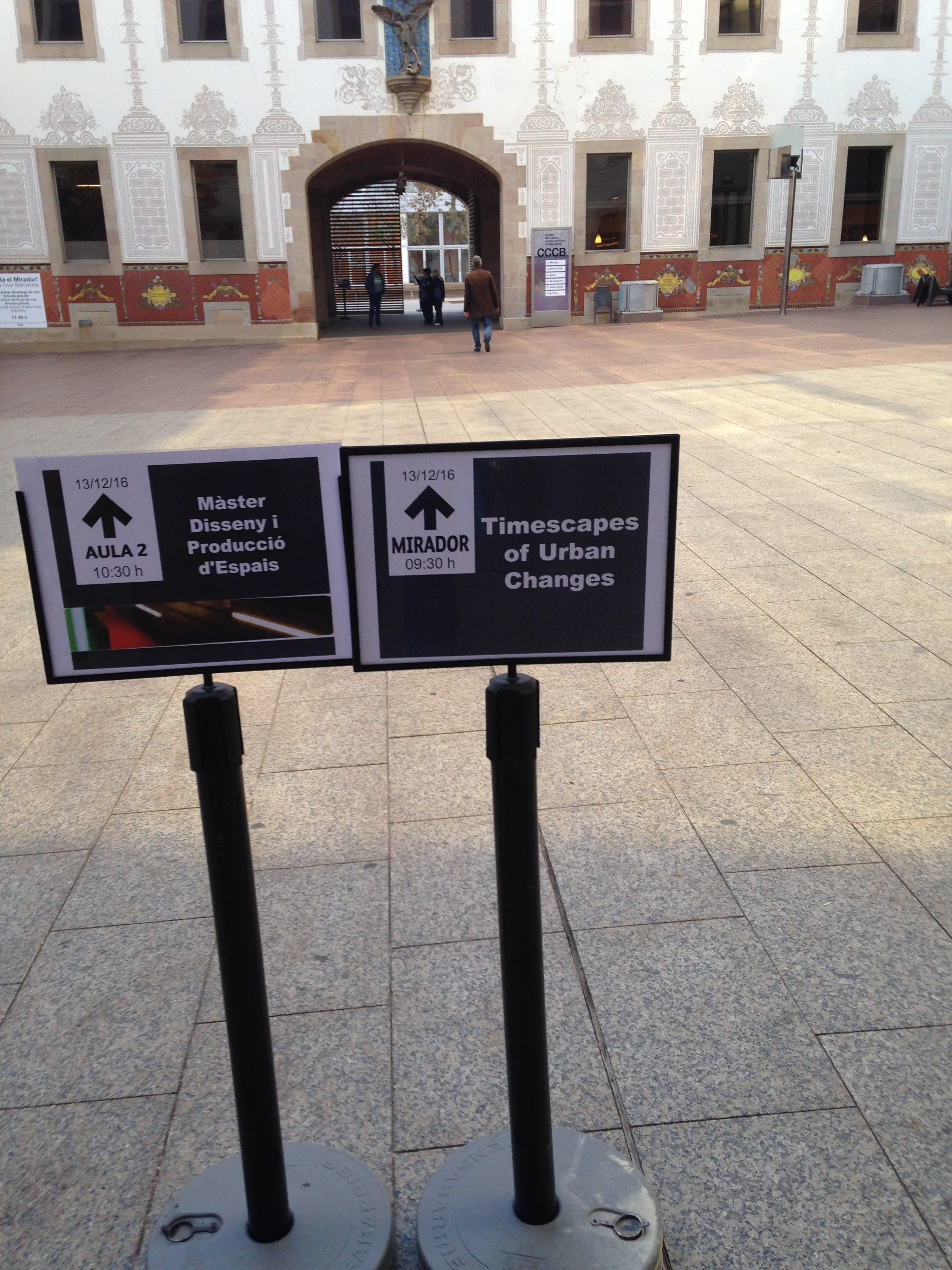
As in east London, urban transformation in Raval has been a long time in the making, mooted since the 1920s, and holding the local population in a long-term state of ‘suspended temporality’ (Degen), compared by some residents interviewed by Degen to a ‘sword of Damocles’ hanging over their heads. Subject to a politically-inflected stop-and-start process, it reached a dramatic culmination in 2001 with the demolition of five street blocks of housing and the relocation of 10,000 inhabitants to create a new public space, the Rambla del Raval. Today many maintain this intervention was never wanted, serving no other purpose than to meet an ideologically-driven impetus to ‘bring light into darkness’, and to support the re-positioning of Raval as ‘the last authentic city quarter in Europe’ – a myth that sustains both the remaining ‘survivors’, in Birkbeck lecturer Mari Paz Ballibrea’s words, and an apparently unstoppable influx of tourists.
If, as described by Isaac Marrero Guillamon (Goldsmiths), this is the inexorable temporal logic of the neoliberal city, shaped by the movements of financial capital rather than the desires and participation of local populations, Simone Abram (Durham University) highlighted how, by contrast, ‘plans for participative urban change stumble as people don’t want to move forward’, representing ‘a never-achieved utopian future’. Speaking in London, Abram described campaigning and participatory activity as ‘intense social time’, which runs contrapuntally both to the long time-frame of formal city plans and vision statements, and the fast pace of delivery demanded by project-management spreadsheets and budget cycles when planned projects do get off the ground. Abdoumaliq Simone’s presentation in Barcelona further developed this theme by comparison with the ‘planning without planning’ which thrives in ‘majority districts’ (by which we understand neighbourhoods in the fast-growing cities of Majority World) through everyday actions and practices (often described as informality). He argued that urban development is in fact ‘less about projects than future scenarios’, designed to ‘create a time that has no relation to any other’. But in the meantime, local populations self-organise and get on with making and re-making the city in the present through ‘many adjustments.. agglomeration, parcelling, reinvestment, and accommodation to decline’, underpinned by piecemeal creative financing from a multitude of sources. These everyday processes mediate time through a constant reinvention and intensity of human relationships and a ‘profusion of details… free of overarching narratives, creating weird alliances’ (Simone), which re-set the scale of the city.
Simone’s presentation underlined the fact that local communities typically have large repositories of urban knowledge and expertise which institutions often don’t recognize. However Euan Mills (Future Cities Catapult, formerly GLA Urban Design and Planning) was keen to stress that planning processes in the west do encompass efforts to ‘slow down’ planning time by building consultative relationships with communities, and focusing on adaptability rather than future-gazing as the driver of urban change. On the other hand, their capacity to engage with creative financing is constrained by the systems within which they operate. This means that neighbourhoods like Raval – dubbed ‘the last gold mine in Barcelona’ by local estate agents, as reported by Fernandez Gonzalez – will continue to be vulnerable to the intervention of big money in the shaping of new urban imaginaries in which local inhabitants have little investment and often less interest.
For activists like CCCB’s David Bravo, a champion of urban public space fighting for the retention of a local open access gym, or community organiser Oscar Esteban (TOT Raval), the fight to preserve and sustain valued resources in face of these types of encroachment is a frustrating struggle against time – time which is running out. And while the re-location of a large public sculpture, Botero’s giant bronze cat, from the Olympic site to Rambla del Raval was described by planner Carmen Via Gual as giving that space ‘a soul’, lending itself to customisation in different ways by local groups, such interventions do not substitute for the more mundane forms of social infrastructure that give urban communities cohesion and resilience.
Workshops hosted by UCL Urban Laboratory, London (29th November 2016), and CCCB, Barcelona (13th-14th December 2016), including a public talk by Iain Sinclair. Organised by Dr Monica Degen, Brunel University, as part of her British Academy Fellowship 2016.
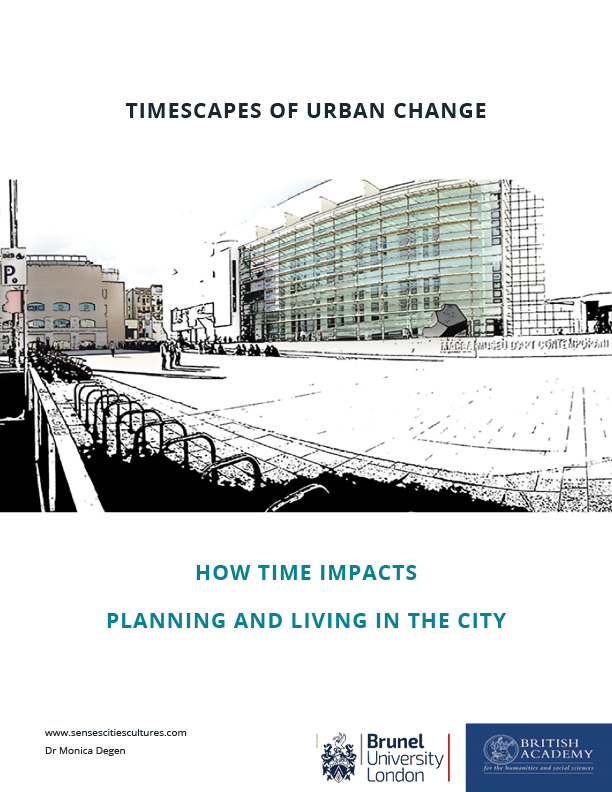



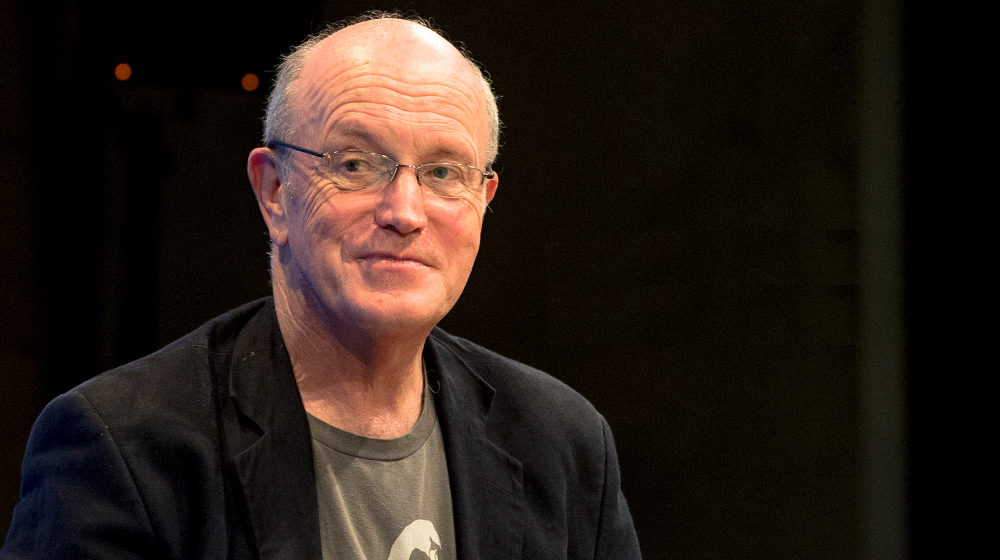
 https://www.eventbrite.co.uk/e/timescapes-of-urban-change-registration-27751634887
https://www.eventbrite.co.uk/e/timescapes-of-urban-change-registration-27751634887
